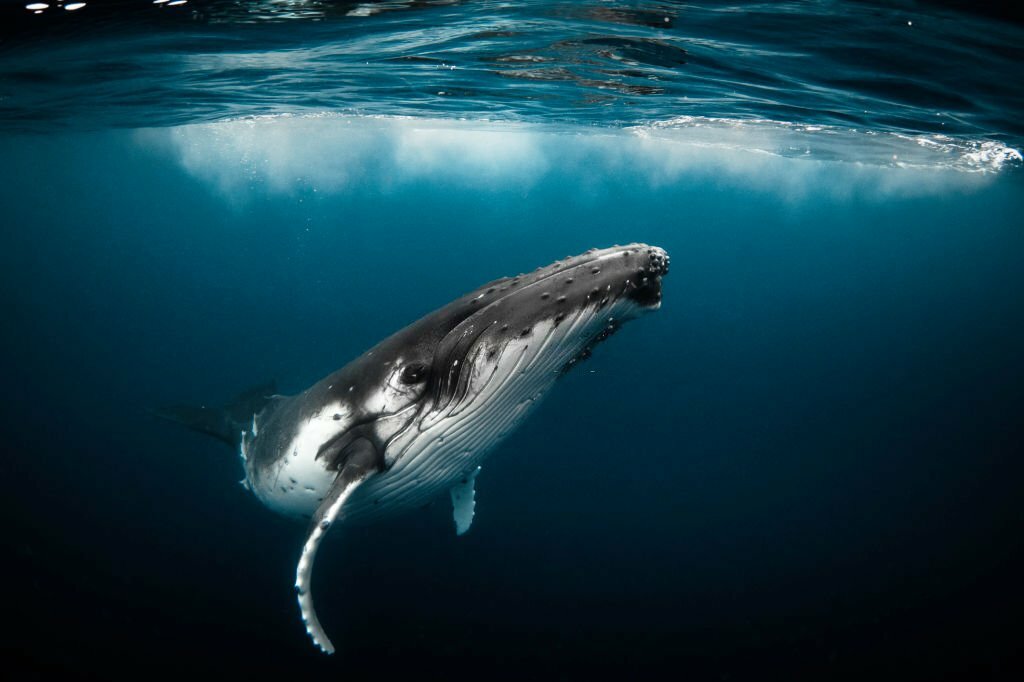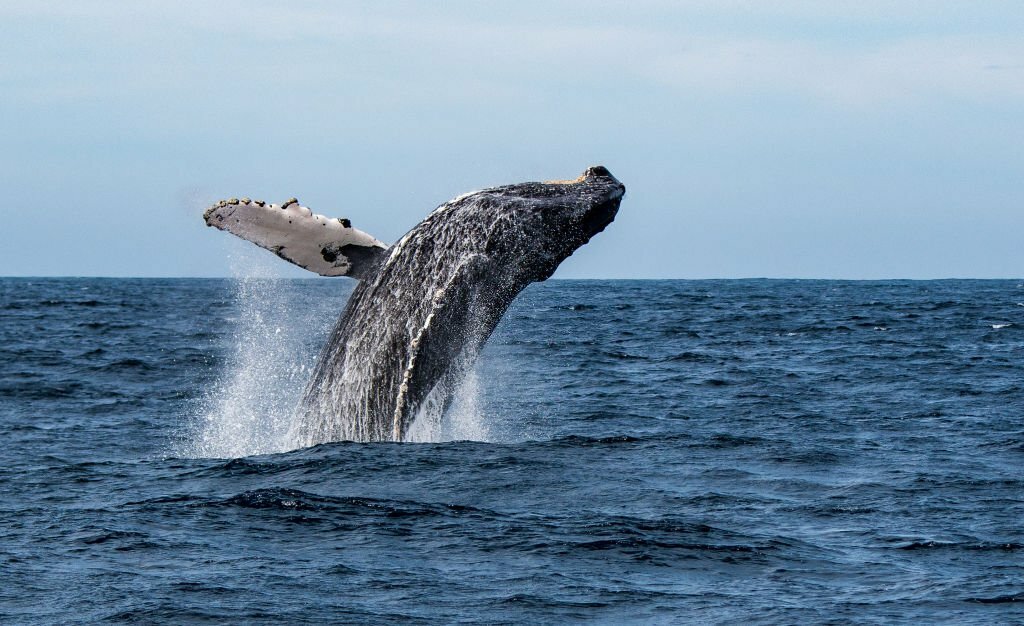What Does Whale Milk Taste Like | Everything You need to know
Table of Contents
Explore the rich, buttery taste of whale milk in our comprehensive overview. Discover the unique flavor profile of this marine delicacy. What does whale milk taste like? Find out now!
In the realm of marine wonders, whales stand out as majestic creatures, capturing our fascination with their sheer size and enigmatic behaviors. However, one intriguing question often eludes common knowledge: What does whale milk taste like? Delving into this curiosity unveils a fascinating journey through the marine world, offering insights into the unique characteristics of whale milk.
What Does Whale Milk Taste Like?
Whale milk, a liquid marvel from the sea, possesses a flavor as distinctive as its origin. Picture a blend of luxurious creaminess, tinged with a hint of salty seawater and perhaps a subtle fishiness reminiscent of cod liver oil. Some liken it to the tangy edge of aged butter, while others detect a faint underlying sweetness. It’s an acquired taste, markedly different from the familiar comfort of cow’s milk, yet serves as an incredible adaptation that swiftly nourishes whale calves. Although you won’t find it in your local store, whale milk stands as a captivating testament to the diverse offerings of nature.
The Composition of Whale Milk
Whale milk is a complex concoction specifically designed to nourish their young, who rely on this nutrient-rich substance during their early stages of life. Comprising a remarkable 50% fat content, whale milk surpasses the richness of even the most indulgent ice creams. This high fat concentration is crucial for the rapid development of whale calves, providing them with the energy needed for their intense growth.
Flavor Profile: A Glimpse into the Extraordinary
1. Rich and Buttery
Whale milk is often described as having a flavor profile akin to a rich, buttery delicacy. The high-fat content contributes to its velvety texture, creating a taste sensation that is both indulgent and unique. Imagine a taste that combines the creaminess of the finest dairy products with the purity of the ocean.
2. Subtle Salinity
Given the marine environment in which whales thrive, their milk carries a subtle hint of salinity. This characteristic imparts a distinctive undertone to the overall flavor, offering a nuanced experience that echoes the essence of the sea.
Read more about Cooking Dash Tips

The Process of Whaling and Its Impact
Understanding the taste of whale milk inevitably leads us to the contentious issue of whaling. Whales, facing the threat of extinction, are often subjected to exploitation for various purposes, including the extraction of their milk. The ethical dimensions of whaling raise concerns about the impact on marine ecosystems and the delicate balance of our oceans.
Culinary Perspectives: Exploring Whale Milk in Gastronomy
While consuming whale milk directly is ethically problematic, culinary enthusiasts and chefs have explored alternative ways to incorporate the essence of this unique substance into gastronomic experiences. Imaginative creations, such as whale milk-infused desserts and sauces, showcase the potential for innovative culinary expressions without compromising the well-being of these magnificent creatures.
Conservation Efforts: Preserving the Majesty of Whales
1. Promoting Awareness
In the face of the challenges posed by whaling, global initiatives aimed at raising awareness about the conservation of whales and their habitats have gained momentum. By educating the public about the importance of these marine giants, we contribute to the collective effort to protect their existence.
2. Supporting Sustainable Practices
Advocating for sustainable practices within the fishing industry is essential to safeguarding the well-being of whales. Supporting fisheries that adhere to responsible and ethical standards ensures that our actions align with the preservation of these incredible creatures.
What does whale milk taste like to eat?
Whale milk, designed as a nourishing delight for whale calves, is a far cry from being a delicacy for humans. Picture a dense blend of heavy cream, the briny essence of the ocean, and perhaps a subtle touch of fish oil. Some describe it as mildly sweet, while others draw comparisons to sour cream or even liver. Undoubtedly, it’s an acquired taste, reserved for the majestic inhabitants of the deep seas!
Final Thought
In conclusion, the taste of whale milk is a remarkable facet of the natural world that beckons exploration. Its rich, buttery profile, coupled with subtle salinity, offers a sensory journey that mirrors the grandeur of these colossal marine beings. As we embark on this culinary odyssey, let us also embrace the responsibility to protect and preserve the awe-inspiring majesty of whales for generations to come.
People also ask
Is whale milk good for humans?
No, whale milk is not suitable for human consumption. It is highly specialized for the nutritional needs of whale calves, containing unique components not suitable for humans.
What would whale milk taste like?
Whale milk is known to be incredibly rich and high in fat. While there are no documented instances of humans tasting it, its richness might resemble a combination of fishy and sweet flavors.
Can whales be milked?
Milking whales is not feasible. Unlike domesticated animals, whales are wild and lack the physical attributes that would make milking possible.
Is blue whale milk drinkable?
Blue whale milk is not drinkable for humans. It is produced in small quantities and has specialized components adapted to the needs of blue whale calves. Consuming it would not provide any nutritional benefits for humans.



